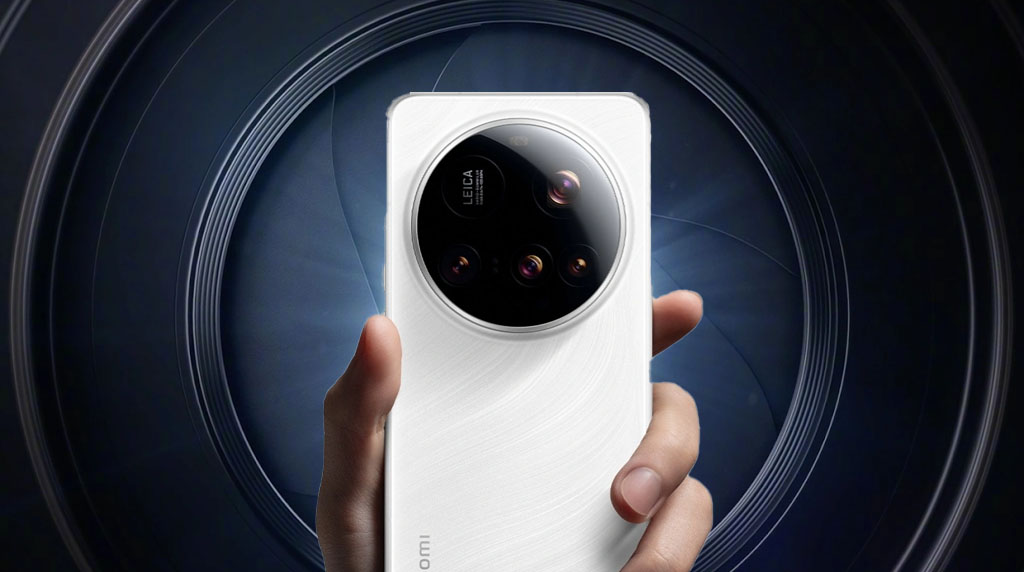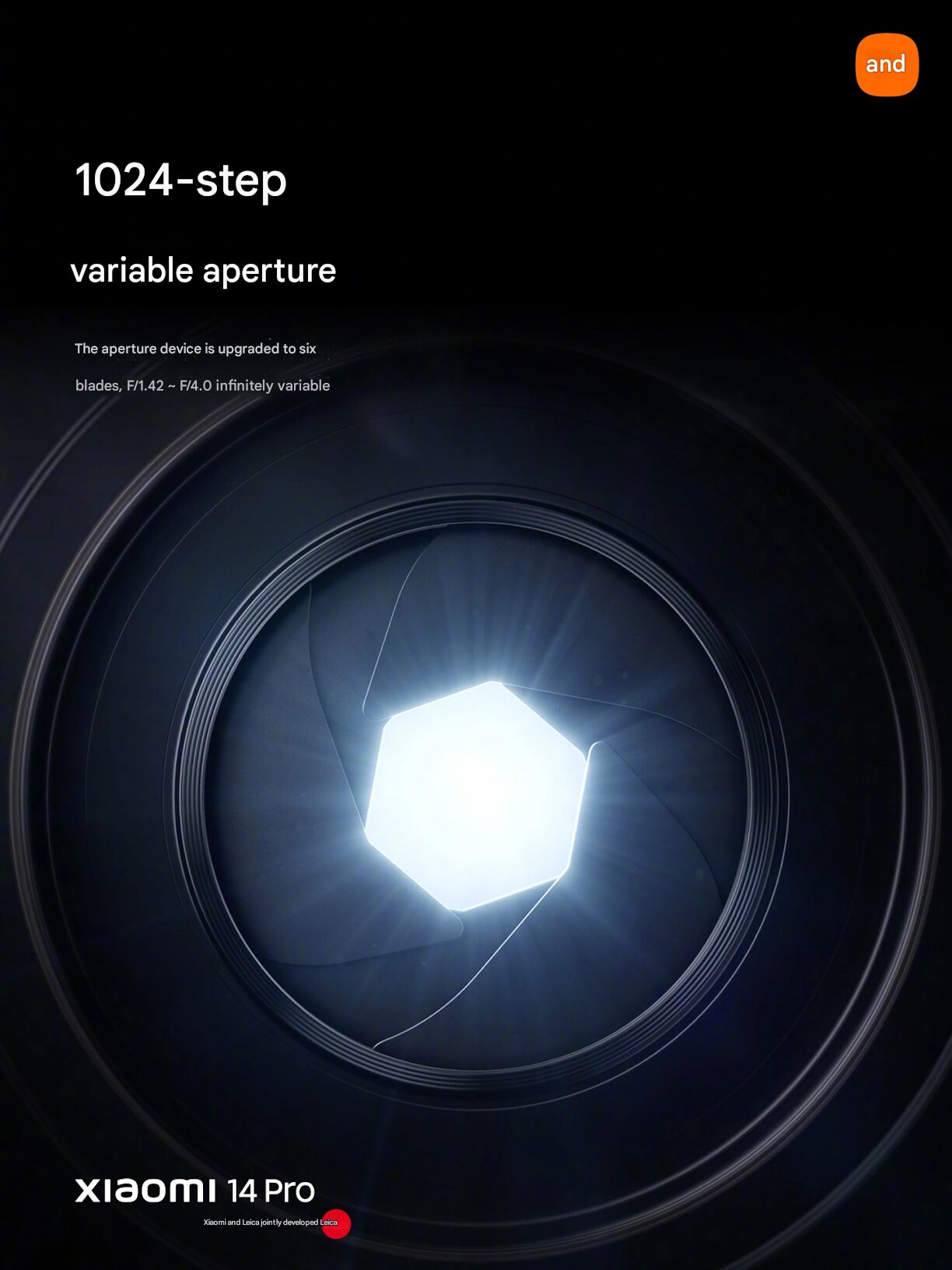Xiaomi has been leading the charge with regards to smartphone photography innovations with the inclusion of variable aperture technology in its top models such as the Xiaomi 13 Ultra and Xiaomi 14 Ultra. Nevertheless, tech blogger Digital Chat Station has claimed that the company has dumped the use of variable aperture technology at least for the next two generations of models. This move constitutes a dramatic change of direction with Xiaomi’s previous strategy that focused on the use of hardware in the provision of depth of field effect improvements.
The primary reason behind this change lies in Xiaomi making the company flagship models lighter and slimmer. The company has also been actively developing a depth of field fusion algorithm that will be capable of reducing the image degradation that results with large apertures and large lensing. This also means that Xiaomi has turned toward the use of software rather than the mechanical adjustments of the aperture.
The Evolution of Xiaomi’s Variable Aperture Technology
Xiaomi also came with the Xiaomi 13 Ultra with the inclusion of a one-inch primary sensor that supported the f/1.9 and f/4.0 switches. This provided users with the option of capturing varied depth of field effect and added variety to the world of mobile photography. Nevertheless, the mechanical design of the variable aperture also added issues such as the likelihood of shaking and Xiaomi addressed this officially at the time of the device’s availability.
Following that came the Xiaomi 14 Pro in October 2023 with an advanced 1024-step variable aperture system. The technology allowed highly refined control of the blur and the exposure and radically changed the adjustability of the camera in varied lights. The Xiaomi 14 Ultra followed in 2024 with an improvement of the technology with a second generation of the stepless variable aperture with the option of shifting apertures between f/1.63 and f/4.0.
What’s Next in Xiaomi’s Camera Technology?
Despite these advancements, Xiaomi’s decision to abandon variable aperture technology suggests that the company is prioritizing other aspects of camera performance. The development of AI-powered depth of field fusion algorithms could potentially provide similar or even superior results without the mechanical limitations of variable apertures. This move aligns with the broader industry trend of leveraging computational photography to enhance image quality.
Today, Xiaomi users will be expecting future flagship models that will emphasize software optimization over the use of hardware-controlled apertures. This may be a letdown for photography enthusiasts, but it also guarantees the possibility of slim and slender designs with lighter weights at the cost of not compromising image capabilities.
Source: IT Home


 Emir Bardakçı
Emir Bardakçı


